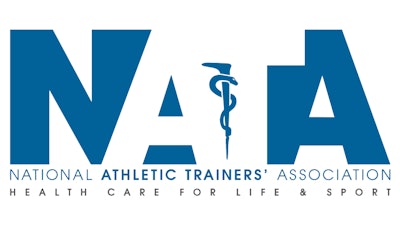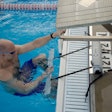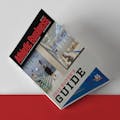
Athletic trainers often find themselves at the center of heated debates when a young athlete is injured during a game or a practice. The athletic trainer has a big say in whether the player can return to action or if they need medical attention. For this reason, researchers at the University of Maine studied conflict management for school athletic trainers.
Alicia Lacy is an assistant professor of athletic training at the University of Maine and the lead researcher in this study. Her recently published article, “Secondary School Athletic Trainers’ Experiences Managing Workplace Organizational-Professional Conflict” found there were four best practices for reducing conflict on the job.
- Effective communication
- Professional relationships
- Stakeholder education
- Professional experience
Lacy’s study focused on 16 athletic trainers, all at various points in their careers. Across the board, they proved that communicating frequently, openly and directly, reduced conflict with coaches, athletes and families.
The athletic trainers in the study also proved that creating professional relationships built on trust and respect was essential to managing conflict. When coaches and stakeholders trusted the athletic trainer’s judgment, there was less conflict. This conclusion was directly tied to the third best practice of stakeholder education. This primary strategy proved essential for athletic trainers.
Coaches, students and other stakeholders needed easy-to-understand information about the realities of return-to-sport timelines and the medical rationale for how athletic trainers make decisions. Keeping everyone informed on these matters helped reduce conflict too.
Finally, Lacy’s study found that athletic trainers with more experience in the field also experienced less conflict in their day-to-day interactions. These seasoned professionals had the confidence and experience to properly manage or mitigate conflict.
In the closing arguments of her research, Lacy suggests that conflict management for athletic trainers should become a part of professional preparation and classroom study.
“The field is moving in a really positive direction, but there are still people out there who don’t know the role of an athletic trainer. It’s not the same as personal training or strength and conditioning. So part of it is just educating stakeholders about the fact that athletic trainers are health care professionals,” Lacy told UMaine News.





































